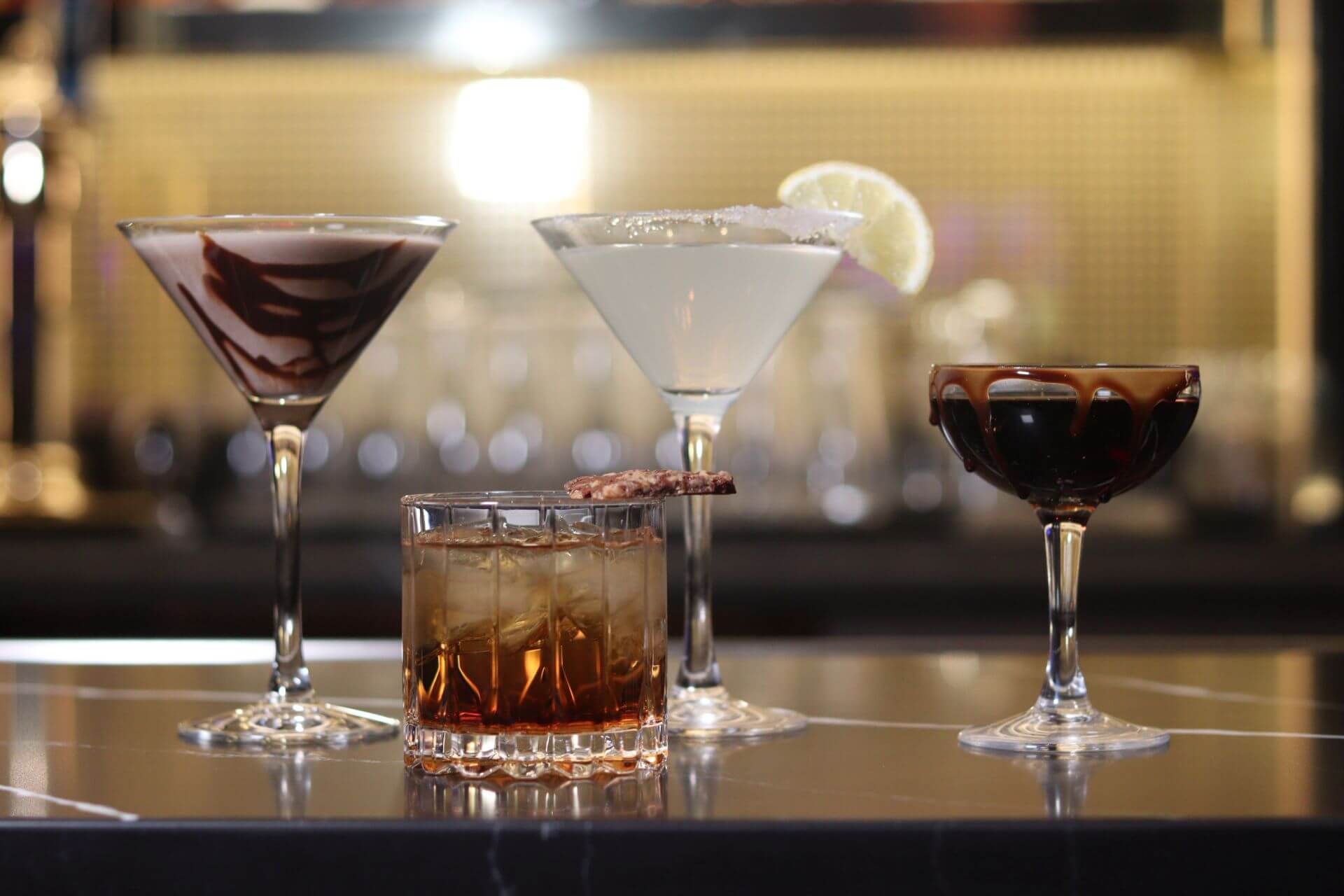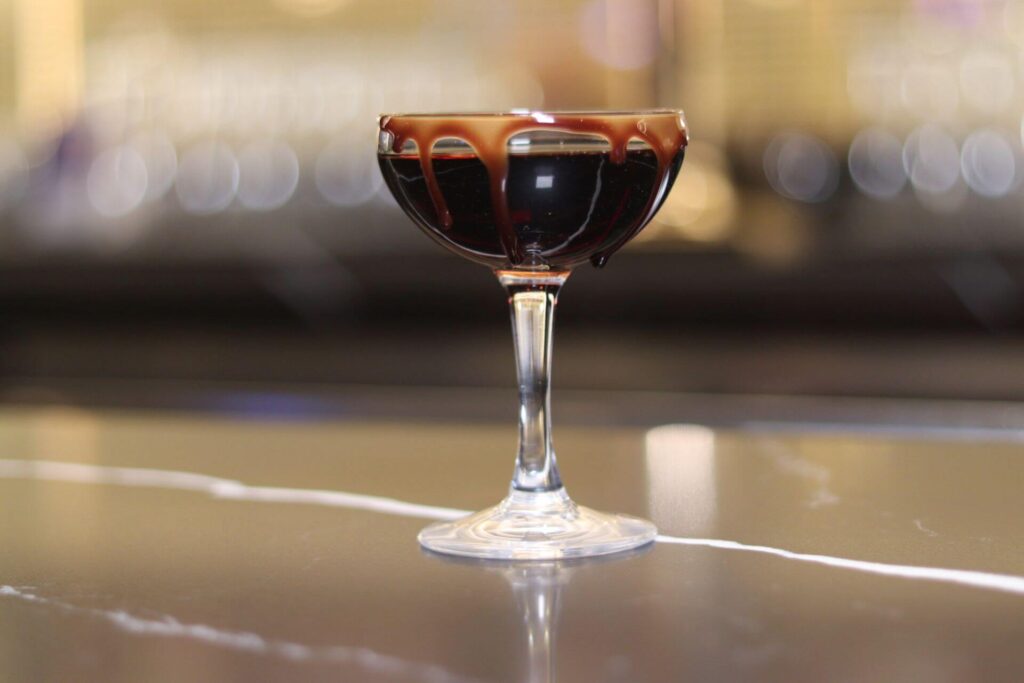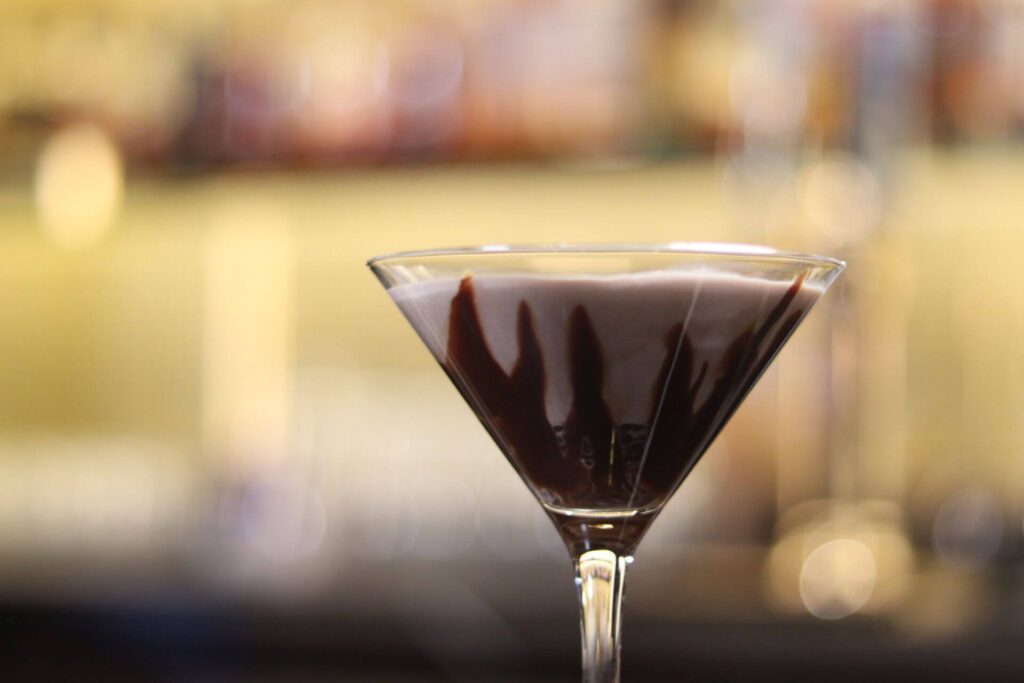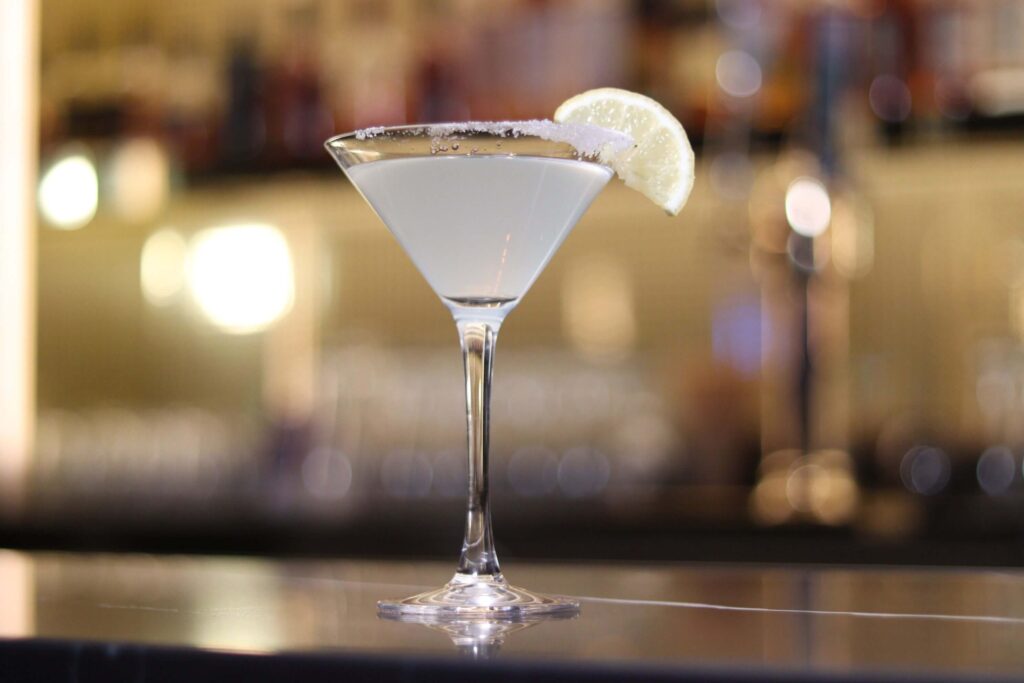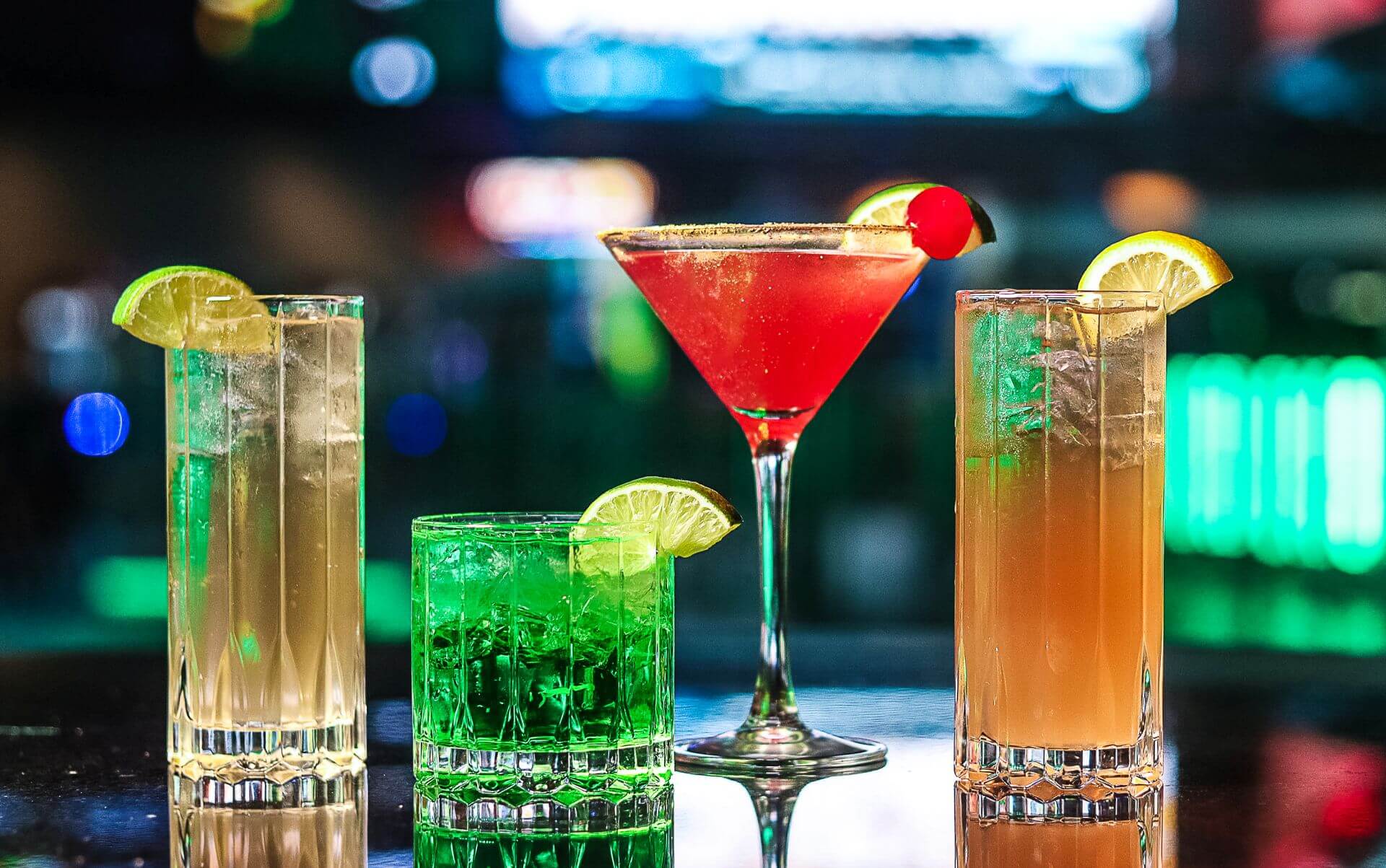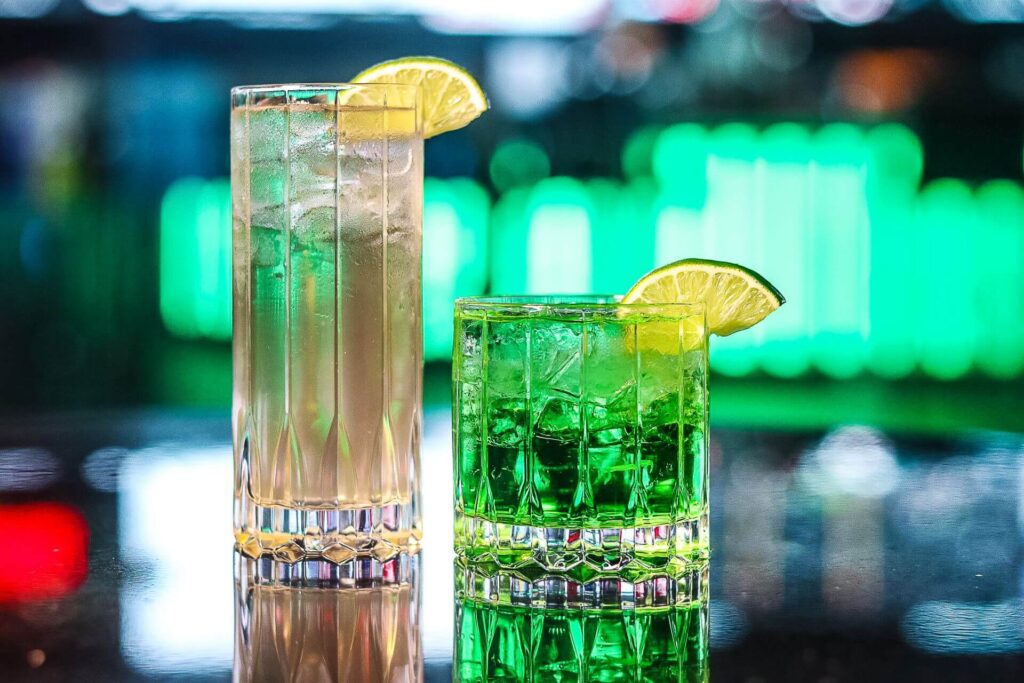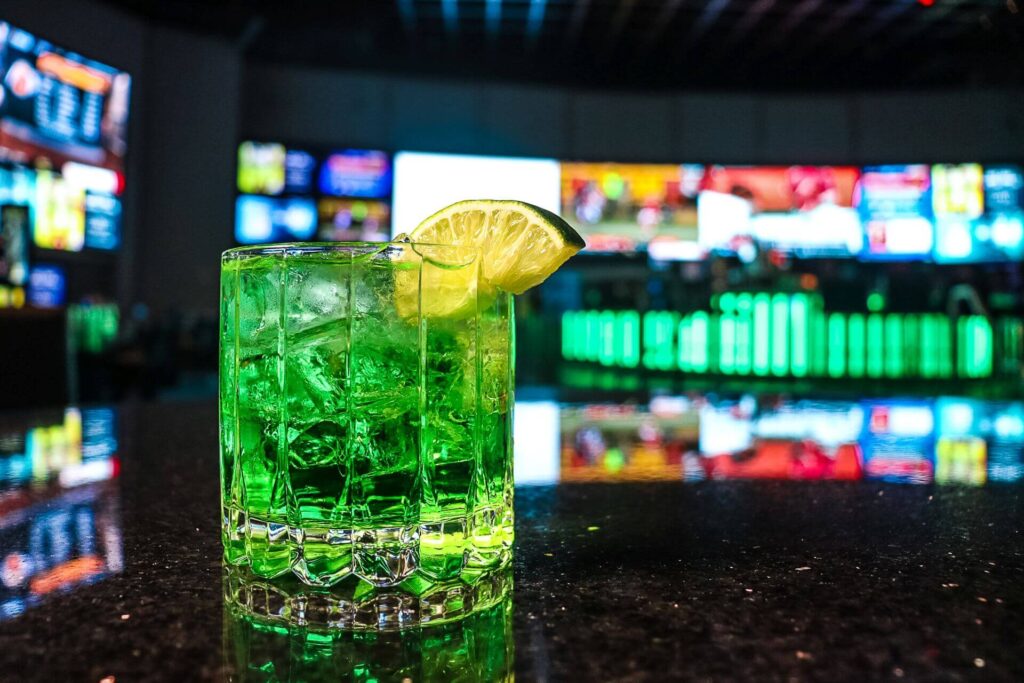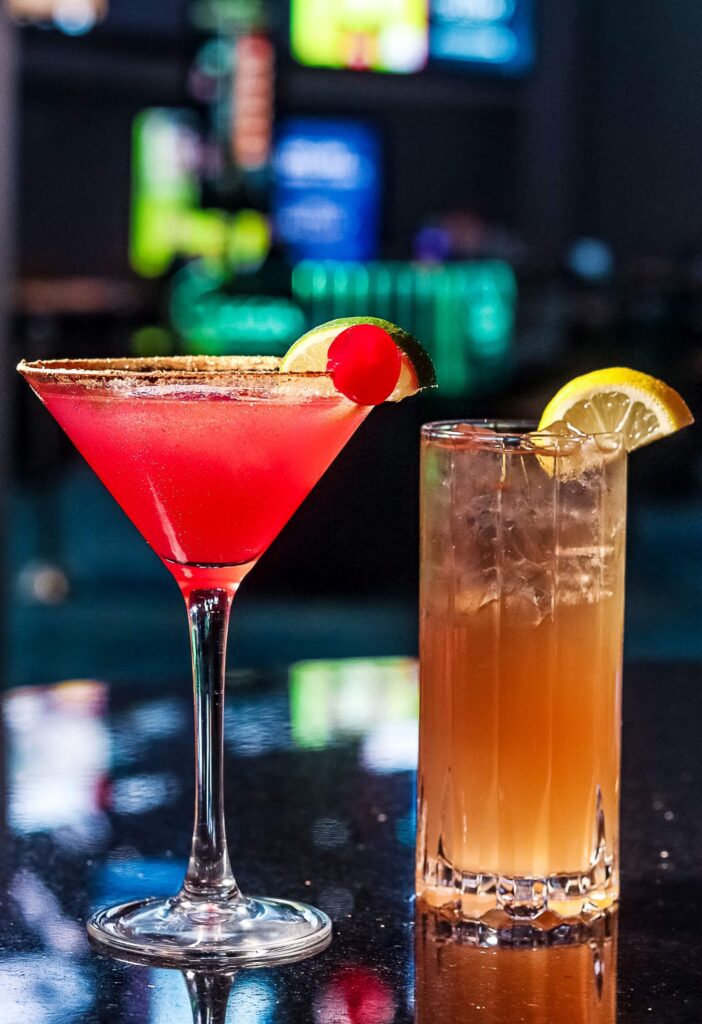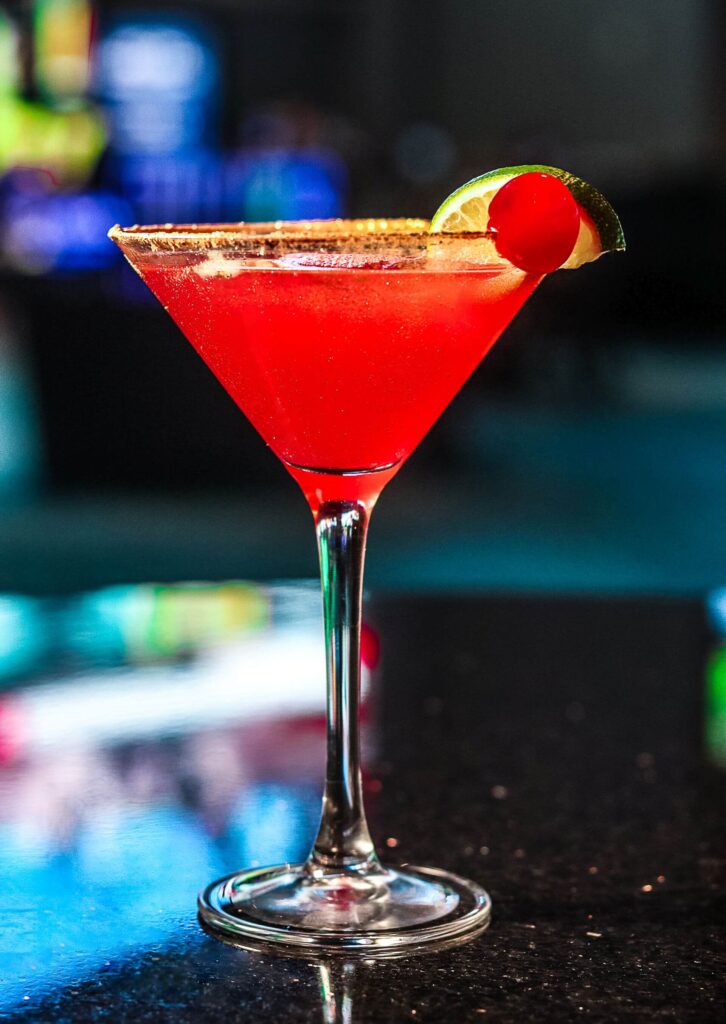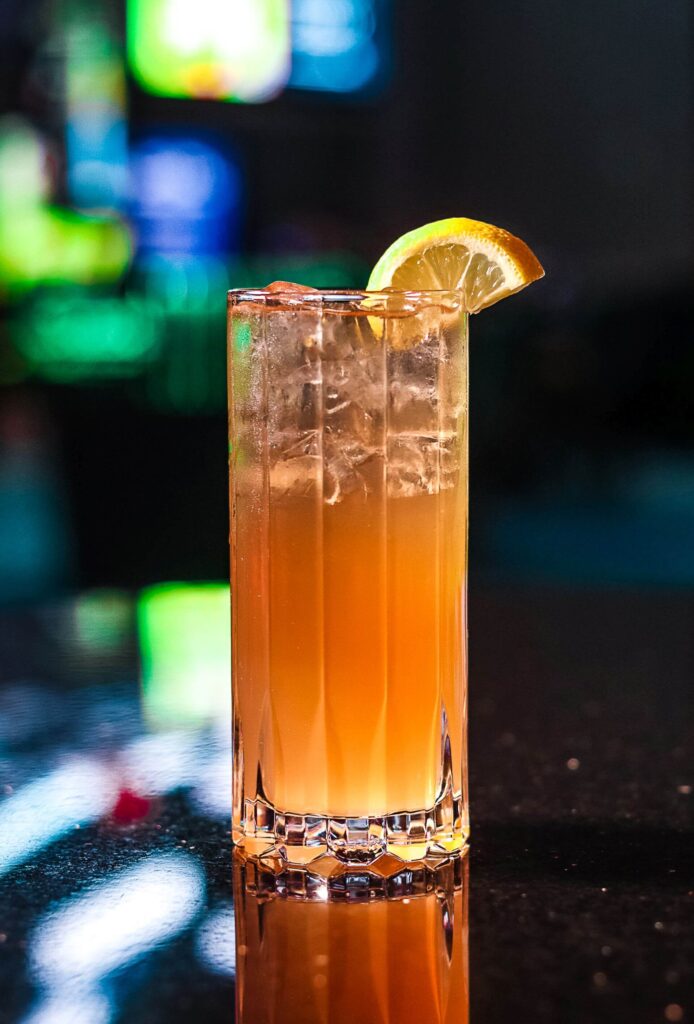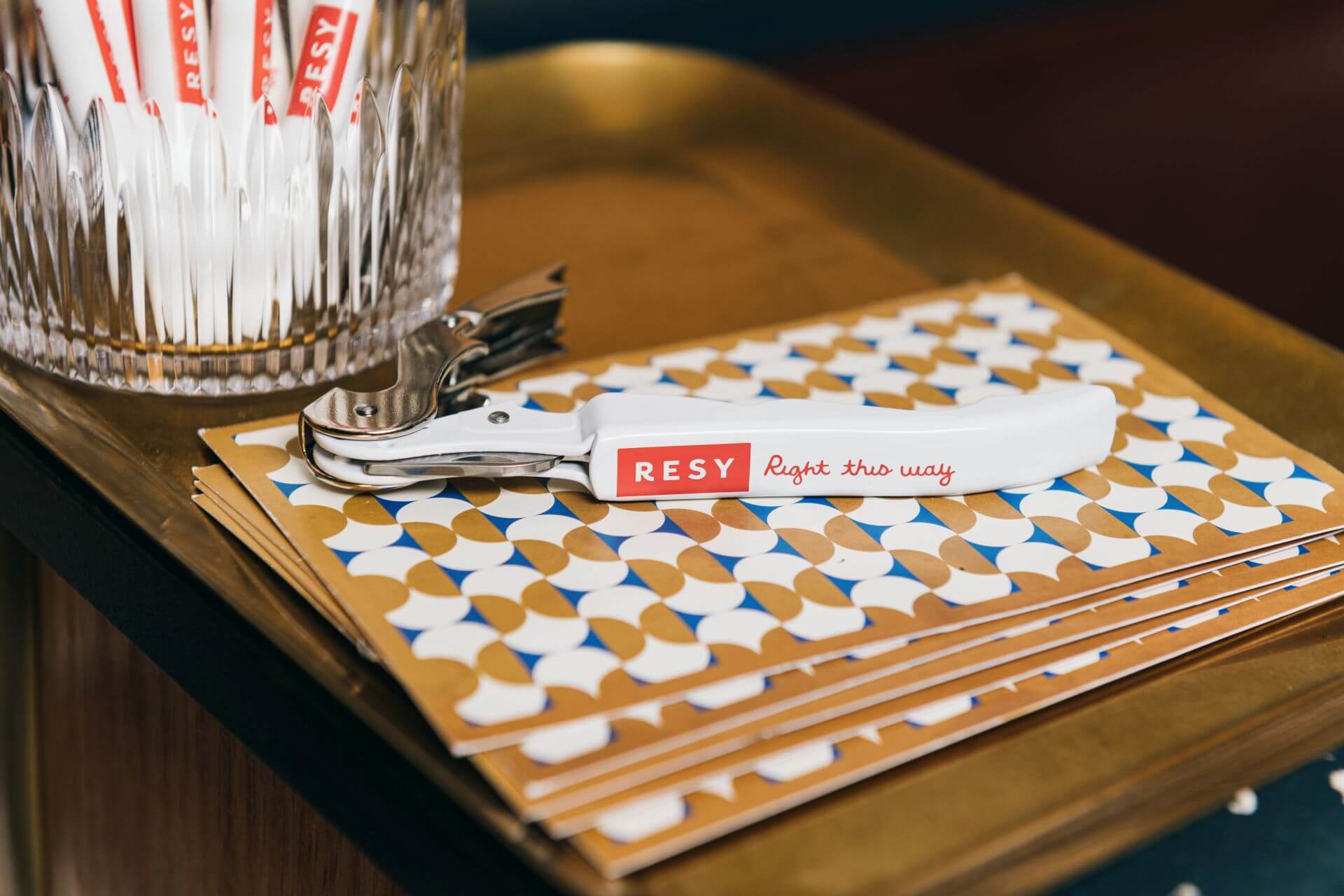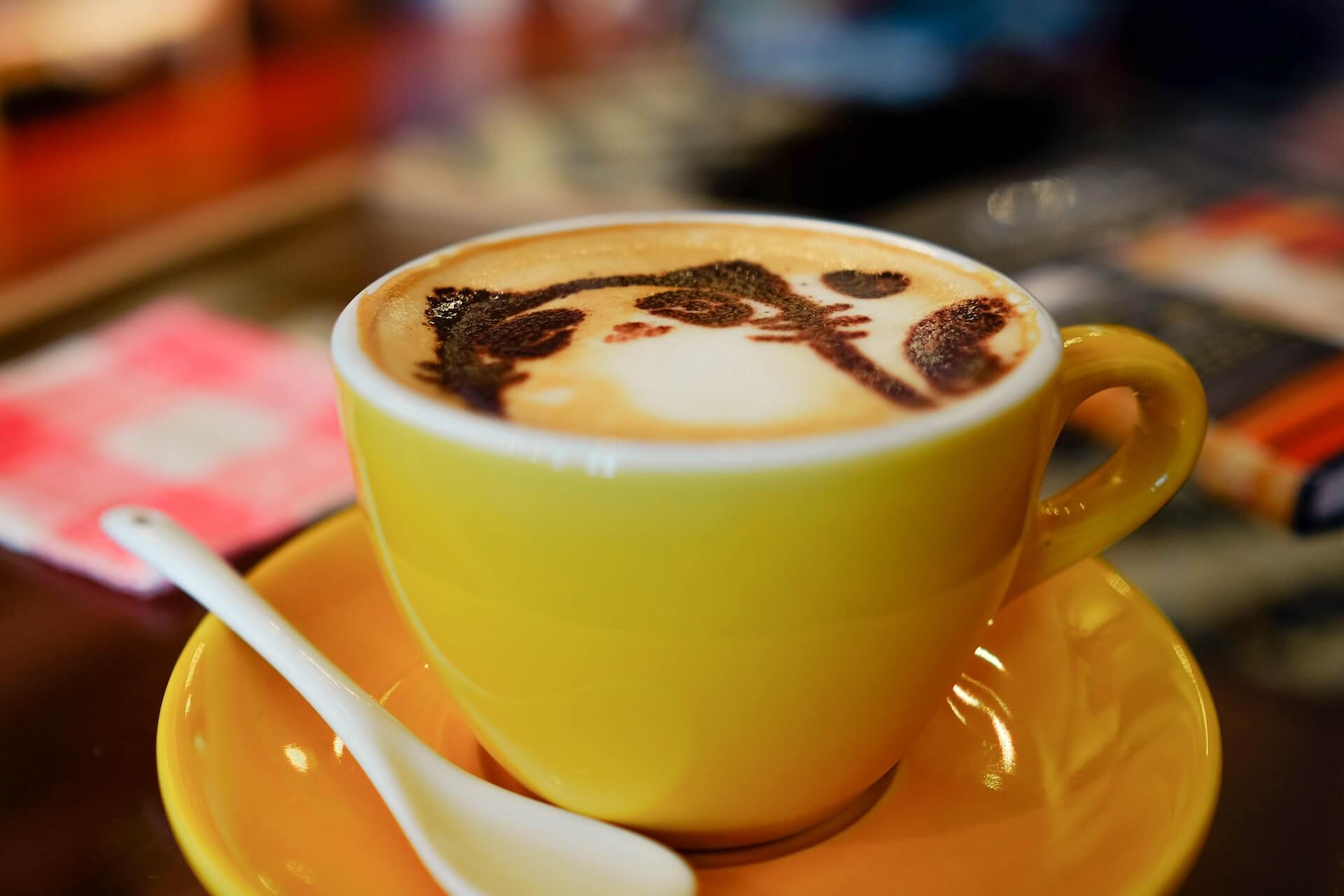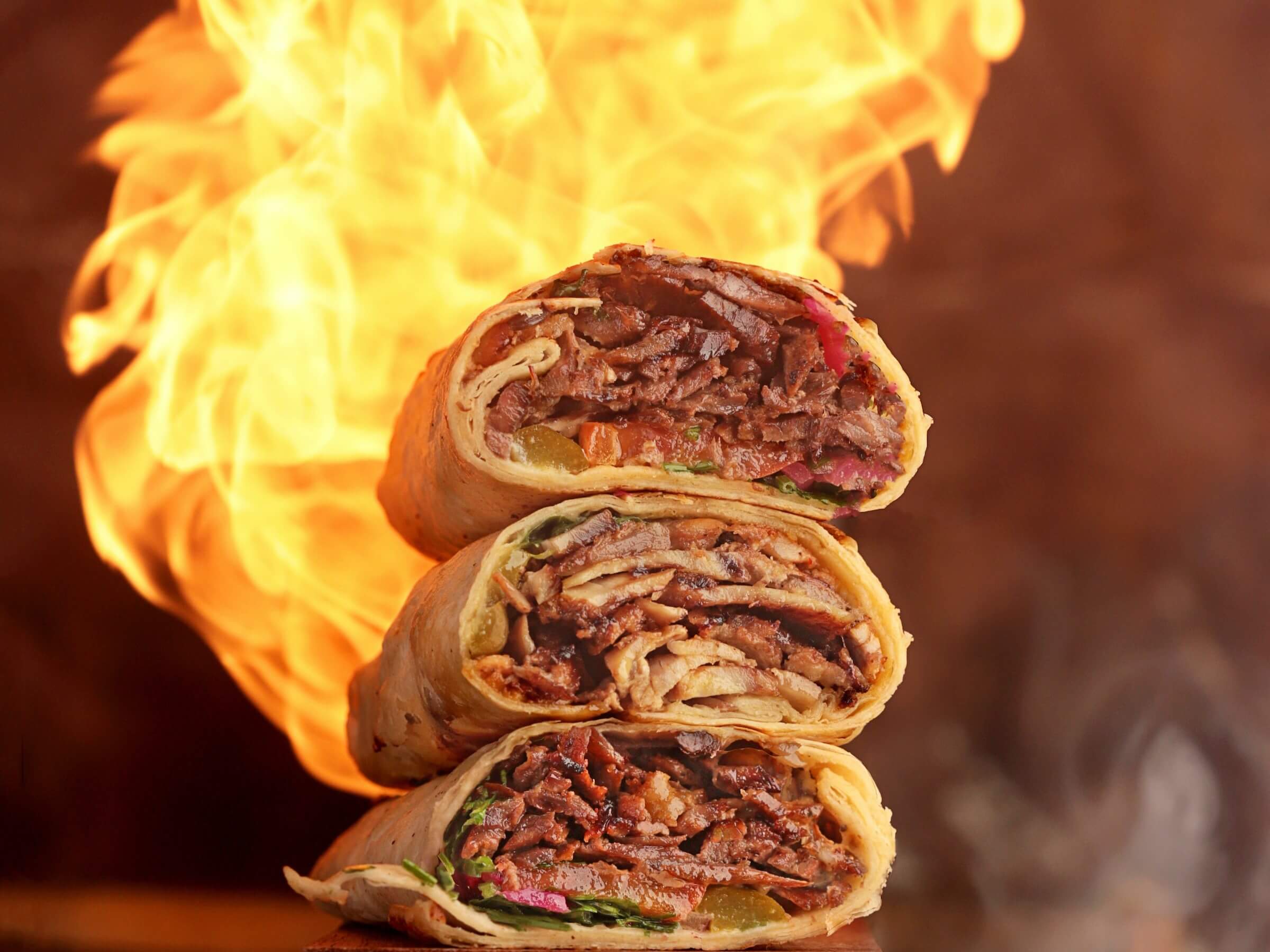Focus: See Your Business for the Trees
by Jennifer Radkey

It happens to us all: Sometimes we get so caught up in the small details of our day-to-day lives that we fail to see the bigger picture.
So common is this element of the human experience there’s a popular saying about it: “Sometimes it’s hard to see the forest through the trees.”
Today, however, I’m going to suggest that the opposite can also be true: “Sometimes it’s hard to see the trees when immersed in the forest.” In other words, when walking along the same path in a forest every day, we often stop seeing the individual trees.
Okay, forests and trees, nature and walks along paths—what does any of this have to do with operating a successful restaurant, bar, or hotel? Stick with me.
The forest is your venue. Your path is your daily routine from the minute you step into your venue until the minute you walk out the door at the end of your day.
The trees? They’re all the little details that make up your establishment: your team, the signage, tables and chairs, music playing, lighting, decor, food, drinks, website, online reviews, social media posts… These, plus many more, are the little things that add up to create your “forest.”
You walk through your venue daily and have become, for the most part, so used to your surroundings that you’re almost blind to them. This can sometimes lead to a false sense of everything being “fine.” You miss small details you need to improve, and also things that you and your team need to celebrate.
What I would like to challenge you to do is to take a step back, clear your mind, pretend you’re experiencing your venue for the very first time, and really notice the details. Walk a new path through your forest and see the trees.
How do you do that? Pretend you’re a guest visiting your establishment and follow the guest journey.
Here’s a list of five places you should stop along your path to gain a fresh perspective.
Your Online Presence
Start with your website.
When did you last update it? Are pictures fresh and eye-catching? Is the website easy to navigate on mobile devices? Is the menu easy to access? Can you make a reservation easily? What story is your website telling?
Next, scroll through your social media (if it exists).
When did you post last? What content are you sharing? Does it tell a story? Does it make you want to visit your venue? Are people engaging with your content? Are you engaging with others?
How about online reviews? See what people are saying about you.
Have you responded to reviews, good and bad? How are you responding? If you were a potential new guest would these reviews and your responses keep you away or entice you to visit?
More often than not, the first impression a guest has of your business happens long before they actually step foot inside your venue for the first time. What impression are you giving them?
Curb Appeal
The next place you want to stop on your path is right in front of your venue.
As you drive up, what do you notice? What’s the condition of your signage? Is it welcoming and attention-grabbing?
When walking up to the entrance, look for things that you may overlook but a first-time guest may not. Cleanliness of the front entrance area, proper lighting, current signage, these should all be checkpoints on your list.
Also, how does it feel to enter your venue? Is it welcoming? Exciting? Does it feel safe?
If you have stellar curb appeal with awesome signage are you celebrating and promoting it through great photos for your website and social media?
These are all things to consider when viewing your venue from the curb.
Interior
Next up on your path is the interior of your venue.
Is it clean? Are there any minor repairs that need to be done? Is the lighting just right?
Have a seat in a few different places in your venue. What’s your customer’s visual experience when they come to visit you?
You want the interior of your venue to represent your brand and its values, and you want it to appeal to your target market. Is it doing those things?
Again, if you have an amazing interior design element, are you showcasing it to its fullest in person and online? Make any notes of things you would like to change or improve upon.
One more note on the interior: Do not forget the washrooms. Nothing turns a visit into an unpleasant experience faster than an unclean washroom.
Service
As you’re viewing your venue with clarity, take a few minutes to step back and watch how your staff engages with your guests.
Whatever your brand’s values are for the guest experience, are they being conveyed through your staff’s engagement?
If you’re promoting a fun, energetic vibe, is your staff upbeat, positive, and energized when communicating with guests? Are the pillars of excellent customer service in place? When your guest leaves are they going to say, “Wow, our server was so friendly/nice/funny/knowledgeable,” etc.
Or are they going to leave saying nothing at all?
If staff appear unmotivated, what can you do to help inspire your team? If they’re stellar employees are you recognizing their incredible work?
Food and Drink
When was the last time you sat and really enjoyed a meal at your own establishment? Before you answer: As if you were a guest and not the owner.
Is food coming out in a timely manner? How does it look, smell, and, of course, taste?
Would you grab for your phone before taking the first sip or bite to snap a photo for Instagram? If you would, have you done exactly that for your own social media feeds?
As an owner you can become very attached to your menu, but pay attention to see if your guests and staff are raving about your food and drink.
Final Steps
The final steps of your path will be the same as your guest’s final steps.
Is your bill brought to the table when you’re ready to leave? Is payment easy to make? What are the final last impressions you’re left with? How is your team bidding farewell to guests? What will entice them to return?
You want your guests to feel satisfied and to tell their friends and family about what an amazing experience they had.
It can feel strange to step back from the forest and to notice the trees, but it will lead to improved clarity and perhaps even a roadmap for change and improvements to take your hospitality venue to the next level. Stepping back will also improve your overall mindset as you experience your business through the eyes of another.
So step back, clear your mind, and see what you may have been missing all this time.
Cheers to professional and personal growth!
Image: Lucas Parker on Unsplash

